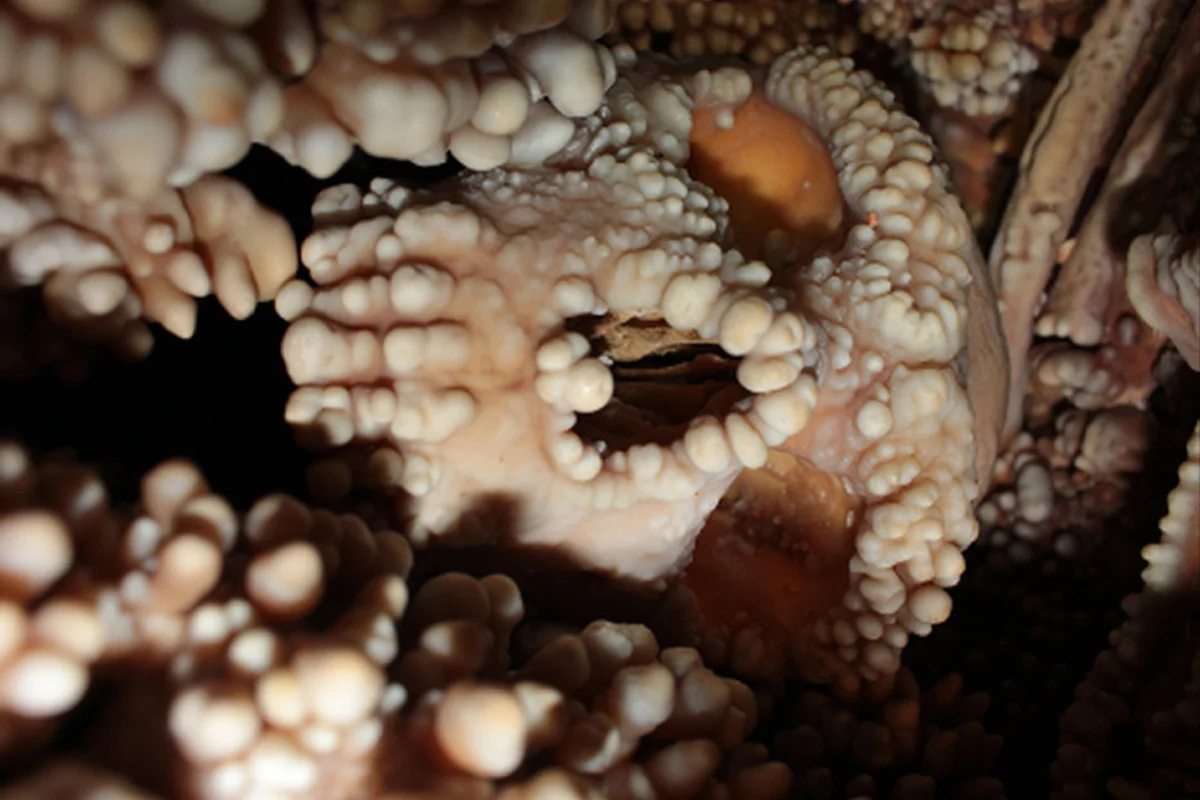A preserved Neanderthal fossil is providing new insights into how this ancient human species adapted to the cold climates of Ice Age Europe.
A new study, published in Proceedings of the National Academy of Sciences (PNAS), has revealed that the Altamura Neanderthal fossil retains the delicate internal structures of the nose, providing new evidence for understanding the evolution of this extinct group of archaic humans.
The Altamura Man was discovered in 1993 in a karst sinkhole in the Lamalunga Cave near the city of Altamura, Italy. It was found well preserved but covered in a thick layer of calcite (taking the shape of cave popcorn), which experts have dated to between 128,000 and 187,000 years ago during the Middle-Upper Pleistocene.
A paleoanthropological study determined that the fossilised skull is an adult male with features of the hypodigm of Homo neanderthalensis. Neanderthals are one of the most relevant human populations for understanding the evolution of our lineage, especially due to their characteristic facial morphology: a very wide nasal opening and a forward-projecting face, known as midfacial prognathism.
These features have long caused decade of scientific debate, as Neanderthals lived in harsh climates and their external nasal anatomy does not conform to the typical pattern of cold-adapted populations.
A new study of Altamura Man using state-of-the-art endoscopic imaging has allowed researchers to examine the remarkably preserved nasal cavity. The internal structures remain intact, but crucially, they show none of the proposed autapomorphies that some scientists believed would compensate for the species’ seemingly limited external adaptations to cold climates.
Despite lacking these supposed adaptations, the researchers argue that Neanderthal noses were fully efficient in meeting their species’ high energetic demands.
The findings also indicate that midfacial prognathism did not evolve to improve respiration, but instead resulted from broader evolutionary pressures and constraints that shaped a robust, highly functional face suited to the cold environments of the European Pleistocene.
Header Image Credit : PNAS / Constantino Buzi
Sources : IPHES – https://doi.org/10.1073/pnas.2426309122





